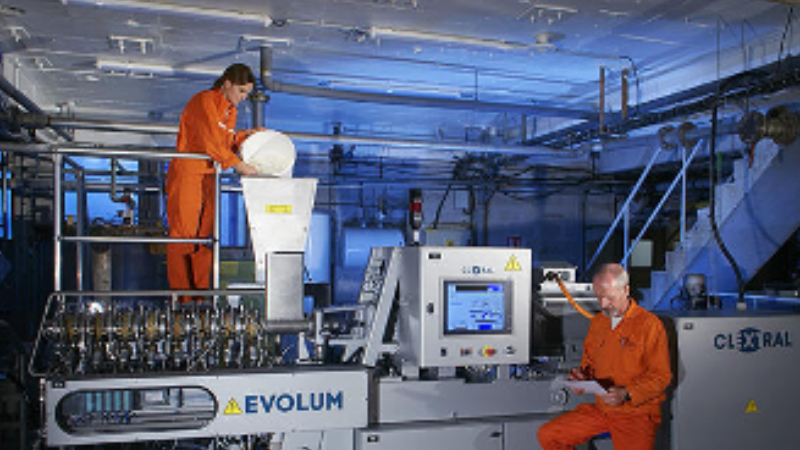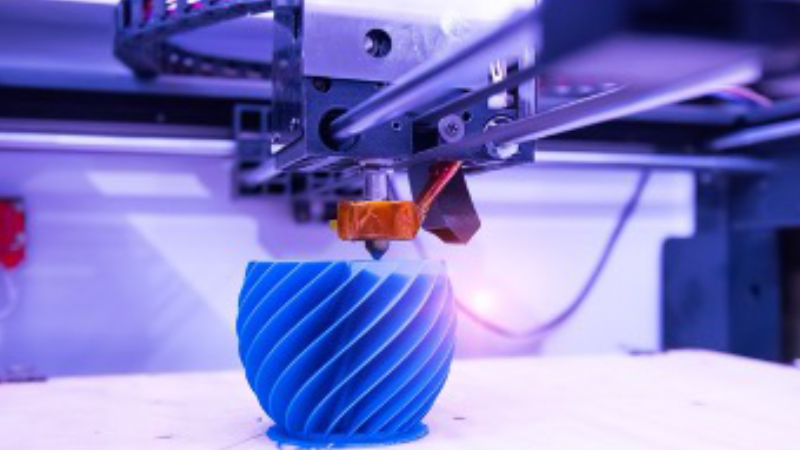
Potential alternatives to fossil-based materials are so called biomaterials. However, these substances must offer functional properties for high-volume applications and need to perform even better in order to drive their adoption by industry and end users.
Besides, fossil-based materials are still cheaper – a barrier for a successful market entry strategy.




